A fortified island off Florida called Fort Jefferson is now abandoned
The largest masonry structure in the world is Fort Jefferson. Americas stands proudly in the captivating Dry Tortugas National Park landscape in the lower Florida Keys. This historical masterpiece was constructed by the U.S. Army in 1846 with the aim of combatting piracy in the Caribbean Sea. This post will examine the intriguing history and features of Fort Jefferson, from its design and purpose to its eventual transformation into a national monument and park.
#1

#2

#3

#4

#5

The formidable Fort Jefferson was envisioned as a four-tiered, six-sided fortress with an impressive array of 1000 heavy guns. Its grand design boasted two sides measuring 415 feet (126 meters) and four sides spanning 564 feet (172 meters) each1. The expansive parade ground within the fort’s massive brick walls housed numerous structures, including living quarters for soldiers and officers, gunpowder magazines, storehouses, and other essential buildings required to sustain the fort’s operations. The construction of this monumental fortress involved the labor of dedicated workers, including enslaved individuals who played a crucial role in bringing the defense to life1.
One of the most notable engineering feats of Fort Jefferson was its innovative cistern system. Given the scarcity of fresh water in the area, the fort’s architects ingeniously integrated cisterns into the walls to address this challenge. However, the practical implementation of this system faced significant obstacles. The outer walls’ immense weight caused cracks in the cisterns, allowing seawater to infiltrate the freshwater supply, rendering the system ineffective1.
#6

#7

#8

#9

#10

#11
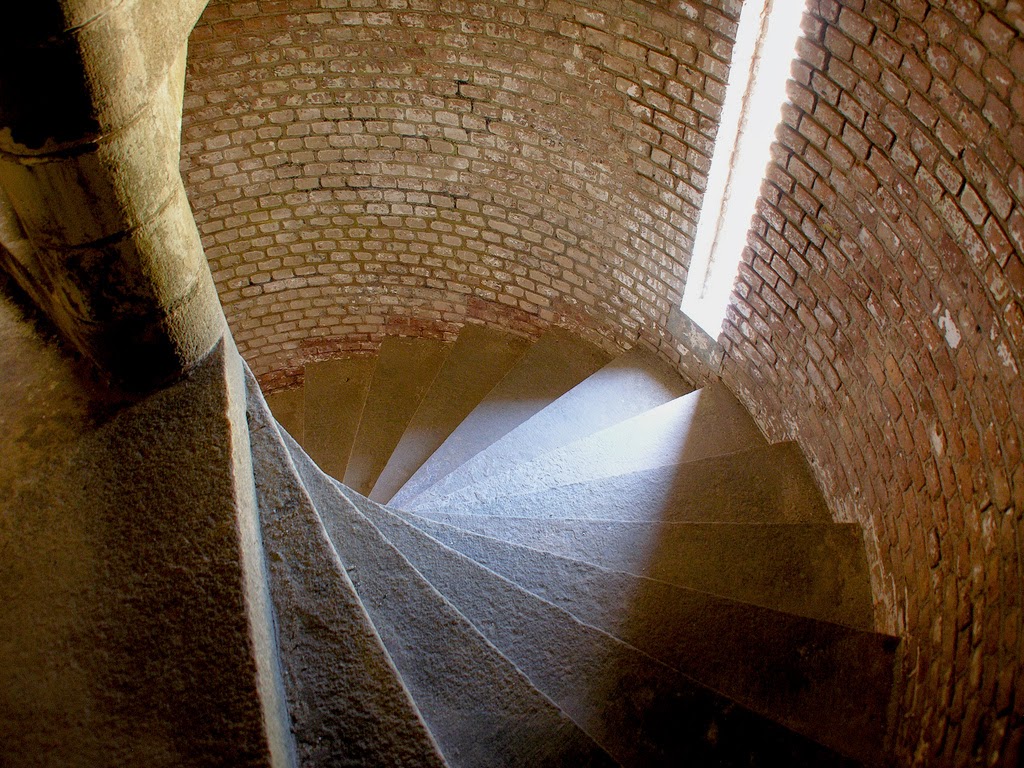
During the tumultuous period of the Civil War, Fort Jefferson found itself serving a different purpose. Despite its construction being incomplete, the fort became a prison for deserters. Subsequently, in 1867, a devastating Yellow Fever epidemic claimed the lives of many prisoners, further adding to the fort’s haunting history1. As the years went by, frequent hurricanes and the challenging tropical climate heavily burdened maintenance costs. Consequently, in 1888, the U.S. Army handed over Fort Jefferson to the Marine Hospital Service, which repurposed it as a quarantine station1.
#12

#13

#14

#15
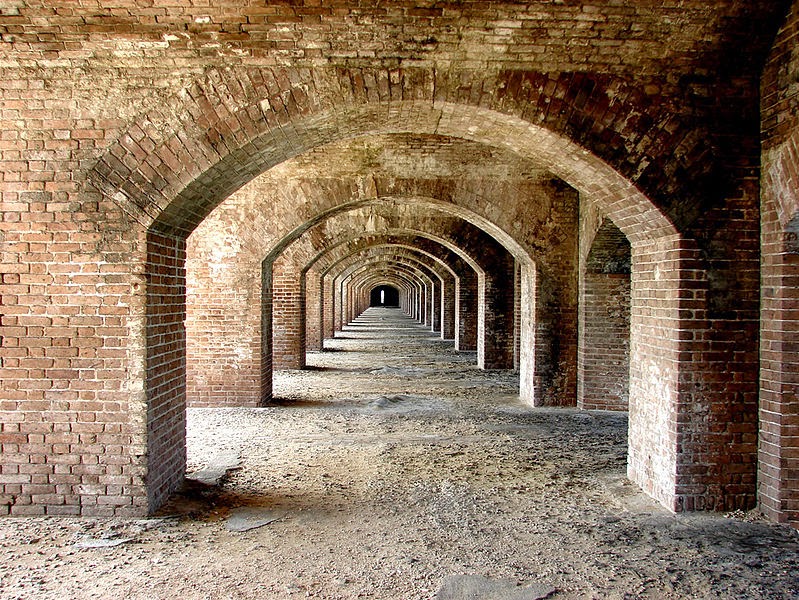
#16
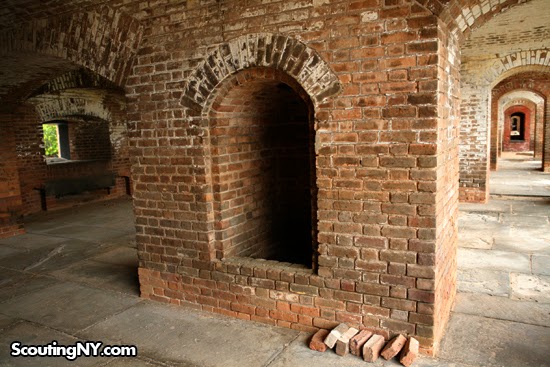
#17

Fort Jefferson’s historical significance was noticed. On January 4, 1935, during a visit to the area, President Franklin D. Roosevelt designated it as a National Monument, acknowledging its cultural and historical value. Eventually, in 1992, the Dry Tortugas, including the remarkable Fort Jefferson, became part of the Dry Tortugas National Park, allowing visitors to explore its intriguing past and witness its architectural splendor firsthand1.
#18
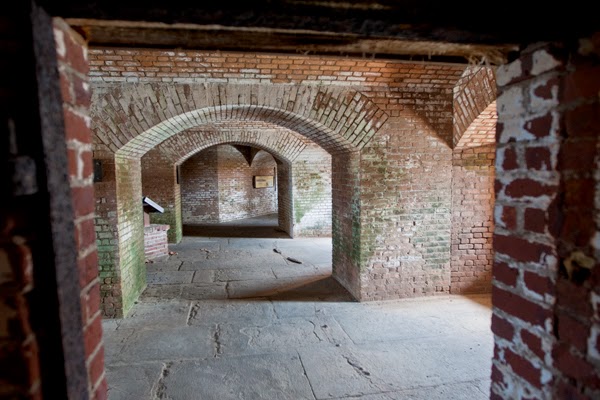
prometheus.med.utah.edu/~bwjones
#19
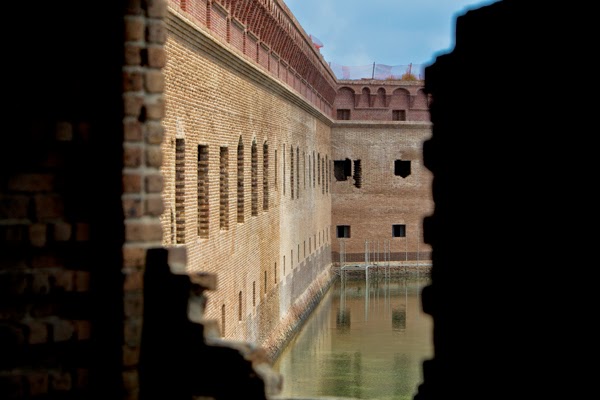
prometheus.med.utah.edu/~bwjones
#20

#21
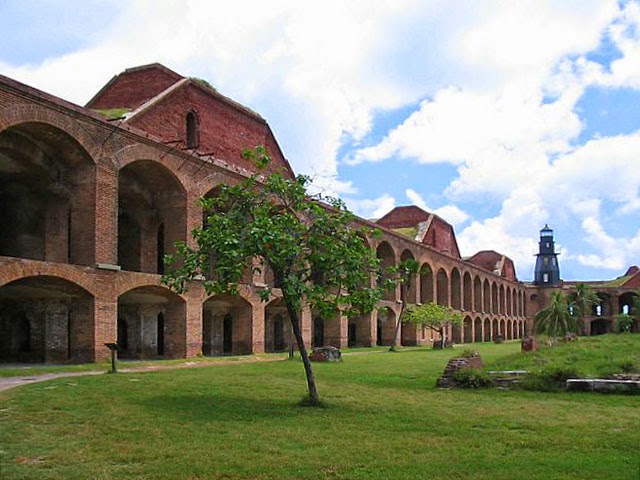
Fort Jefferson is an enchanting destination for history enthusiasts and curious travelers. Accessible by ferry, chartered seaplanes, and private yachts, visitors can journey to this captivating island fortress. Guided tours provide insights into the fort’s rich history, while camping opportunities allow for an immersive experience amidst the historical remnants. A visit to the on-site museum and bookstore further enhances the understanding and appreciation of Fort Jefferson’s legacy1.
#22
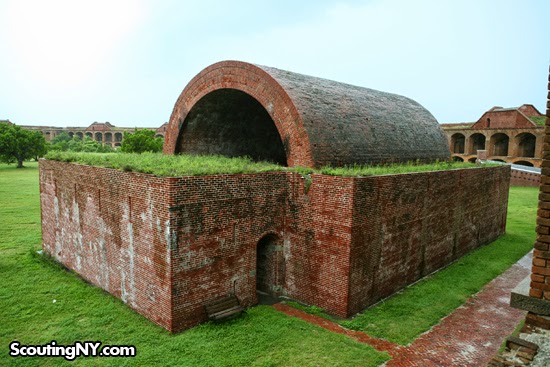
#23

#24
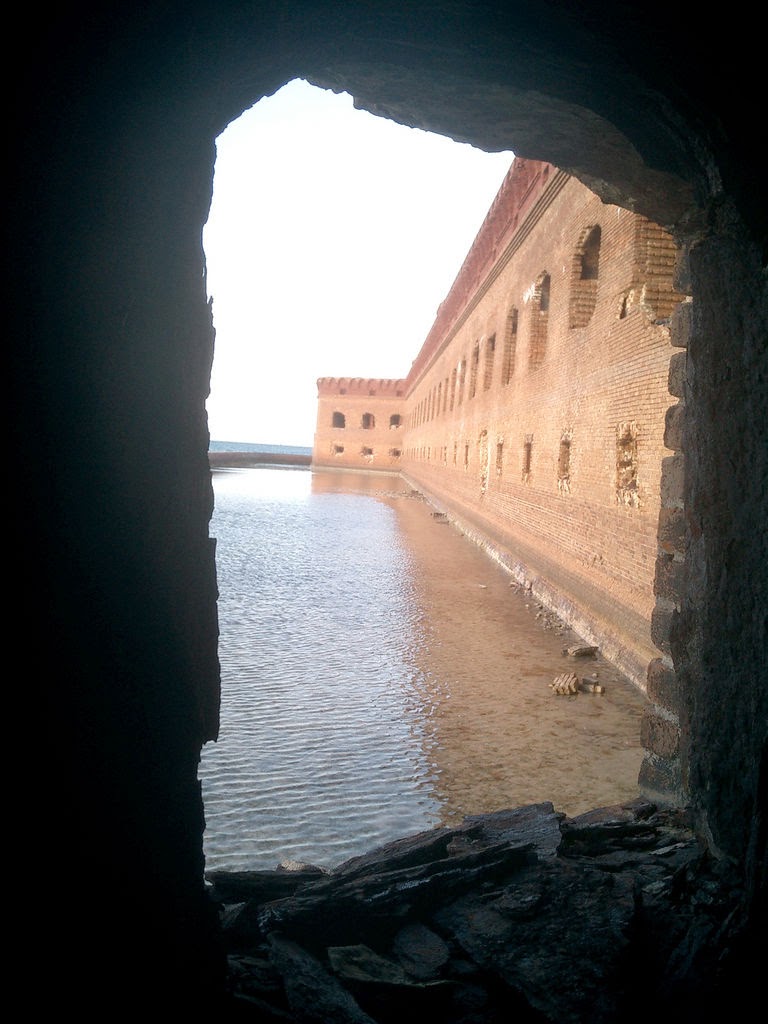
#25
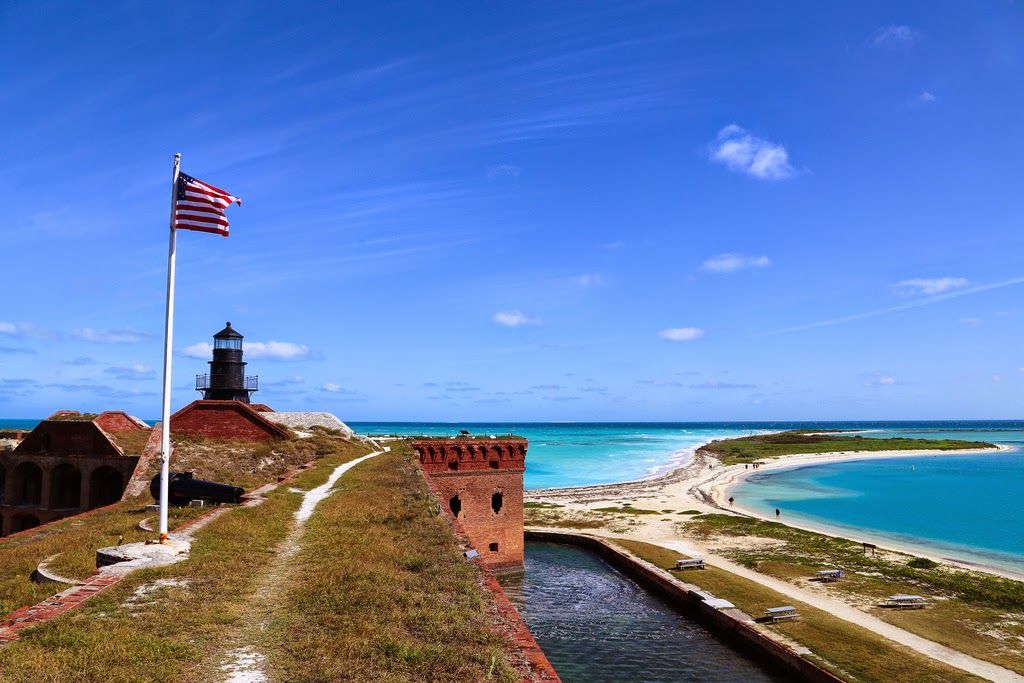
Fort Jefferson, with its grandeur and turbulent past, stands as a testament to the remarkable architectural achievements and historical significance of the United States. Visitors step onto its hallowed grounds and are transported back in time, traversing the layers of history that shaped this awe-inspiring fortress. Let Fort Jefferson be a memorable highlight on your journey through the captivating Dry Tortugas National Park.
Note: We do not own any of the images here and all images are copyrighted to their original owners. Please contact us if you wish to remove anything








